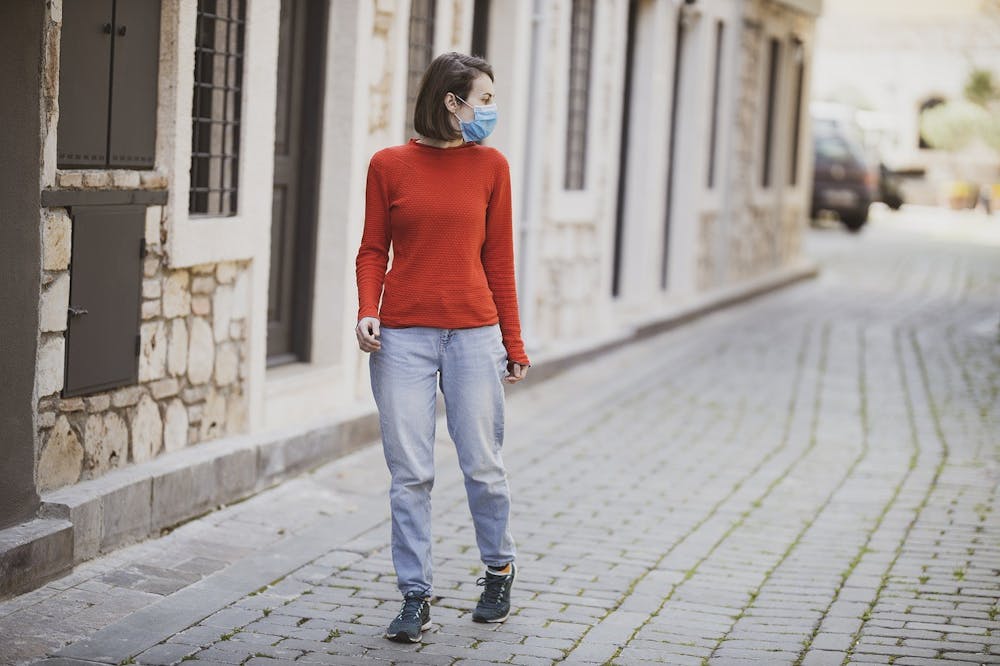A University-led study published earlier this month in the journal Physical Review Fluids shows how particle droplets travel through common speech habits in the absence of a face mask. Given that speech droplets are a significant source of COVID-19 transmission, this research bears particular relevance to the ongoing pandemic.
By creating visuals of how far speech droplets can travel, the study offers evidence that wearing a mask can reduce COVID-19 transmission.
The study was conducted by mechanical and aerospace engineering professor Howard Stone and research director Manouk Abkarian of the French National Centre for Scientific Research (CNRS).
The results also aid in understanding the efficacy of measures, such as social distancing and wearing masks in public, that the Centers for Disease Control and Prevention (CDC) enacted to mitigate the virus’ spread.
In an interview with The Daily Princetonian, Nan Xue, a postdoctoral fellow who worked on the study, spoke to the difference between particle transmission through speaking and another form of virus spread — sneezing.
Sneezing spreads particles rapidly and across long distances. Sneezes are also audible.
“You hear a sneeze and you know that someone is spreading an illness,” Xue said. “When people speak, however, you don’t immediately consider that a virus is being spread.”
According to Stone, the relative lack of attention we give to speaking is where their study comes into play.

“We can give you visual evidence of things you don’t ordinarily see when you’re speaking to your friends,” he said.
Abkarian highlighted that much of the research revealed aspects of the virus’ common asymptomatic spread, which he said caught the team by surprise.
Stone and Abkarian’s study shows how asymptomatic carriers can transmit the disease at very high rates, just by speaking to someone else. Stone compared this aspect of COVID-19 to SARS, which could only be transmitted by symptomatic individuals.
COVID-19’s asymptomatic transmission has impeded efforts to contain its spread, according to Stone.

The researchers explained that the study lays bare the risks of not wearing a mask.
“It’s clear that you disturb the air a lot when you breathe,” Stone said. “And it’s clear that if you put on a mask, you don’t.”
Stone suggested that we can reduce virus transmission by decreasing how far our speech droplets, which transmit the disease, can travel.
“Wearing masks helps not only by keeping things trapped near the sick person but it also protects the healthy person by filtering out many of the things that come in,” Stone said.
The study also provides a basis for future work on speech particle transmission.
“It medically opens the way to understand transmission of other diseases that are not related to the pandemic but have exactly the same root,” Akabrian said.
The research combines phonetics, which is the study of sound produced in the oral cavity, with aerospace and fluid mechanics to create a unique field, which Abkarian calls “Aerophonetics.”
“We want to understand the behavior of the air that is expelled after the sound is made in the oral cavity,” he said.
They found that hard consonants, such as “P,” “T,” and“B,” drive the farthest particle transmission. In an unventilated room, these projected particles can travel farther than the standard “six feet apart” often required by social distancing practices.
Stone described not wearing masks, especially in an indoor setting as “very risky.”
“Why would you do that?,” he asked.








